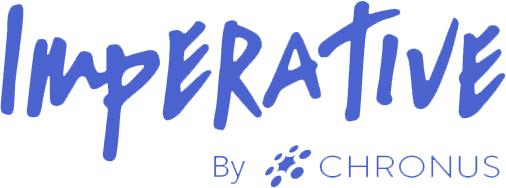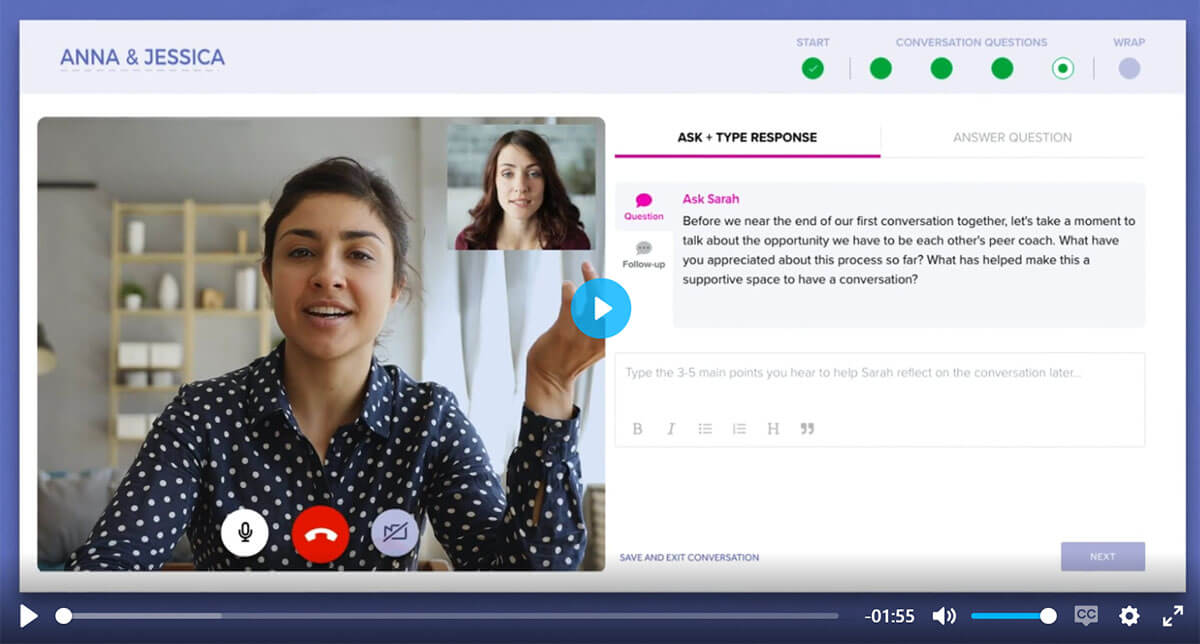How Connection Can Drive New Hire Retention

It’s been almost a year since The Great Resignation was the top story in business. Everyone from major news outlets to TikTok influencers was talking about the 47 million employees who voluntarily left their jobs, many without a second job lined up. And while news coverage has shifted to talks of recession, supply chain challenges, and geopolitical unrest, voluntary resignations – especially for employees in the first year – are still at all-time highs. Supporting employees to quickly develop meaningful relationships across the organization is a key lever that is often overlooked.
What you’ll learn in this article:
- Why employees are voluntarily leaving their jobs at higher rates than ever before
- The key factors driving employee decision making
- The importance of employee networks in employee success
- How to leverage relationships on an organizational level
Employee Attrition as a Long-Term Trend
A recent report from the US Bureau of Labor Statistics found voluntary resignations are at a decade-high. In August 2022, over 6 million employees voluntarily left their jobs – 20% higher than the pre-pandemic average. Of which, an estimated 40% are leaving within the first year. What seemed like a dramatic shift last year may be the continuation of a long-term trend.
Voluntary resignations have steadily increased since 2009.. This trend was briefly disrupted by the start of the Covid-19 pandemic but quickly returned to form in 2021. Last year, employee turnover was thought to have cost employers over $700 million in separation costs, replacement costs, training costs, and lost productivity. With the current job creation rate exceeding the unemployment rate, some predict these costs will exceed $1 billion by the end of 2022.
The Driving Factor of Employee Attrition
But why are employees leaving at such high rates? During the pandemic, workers saw a new-found opportunity to pursue roles that better aligned with their vision for their lives. Multiple studies found that in addition to compensation, people were leaving their jobs to find a better fit for their life, values, and skills. While these qualities may draw people to new roles, it’s not what keeps them. 55% of employees are still open to looking for a new position in the next year.
According to Work Institute’s 2022 Retention Report, the number one reason people seek out new jobs is the lack of opportunity for growth, promotion, or achievement in their current role. Career growth is two times more likely to factor in an employee’s exit than job stress, health/family, or work-life balance. Career mobility has increased as a factor in employee exits by 17% since 2019.
These findings are echoed by studies from McKinsey and The Pew Research Institute. 41% of the 13,000+ McKinsey respondents cited the lack of career development and advancement as the reason for quitting their previous job. Pew found that 63% of employees cited no opportunities for advancement as a factor in their choice to leave their job. Career development ranked ahead of hot-button topics like flexibility, uncaring and uninspiring leaders, feeling disrespected, and the lack of meaningful work.
Connection as a Lever for Growth and Retention
One of the great ironies of this moment is these record-number resignations are occurring at the height of investment in employee learning and development. $357.7 billion is spent annually on global corporate learning and development. From 2011-2019, L&D spending increased from $1,182 to $1,302. While 2020 was a down year, HR professionals quickly reinvested in people development, with 67% saying they expected to increase their total spending in 2022. Despite these herculean efforts, voluntary turnover has still increased.
One lever for career advancement and retention that is often overlooked is the importance of employee networks. The difference between high performers who stay and their peers who burn out is often not what they know but who they know. Research on employee networks has found most people who successfully navigate a new role or organization quickly developed a broad network of peers that accelerate their ability to get work done. These fast movers found their footing in a quarter to a third of the usual time, even if they started with few or no contacts.
These fast-movers used similar strategies on their path to success:
- Fast movers quickly learn the informal networks needed for success in their role. Instead of looking for hierarchical leaders, they looked for people who were interested and could collaborate in getting work done.
- Once they understood their network, they looked for opportunities to add value by discovering and fitting into other people’s objectives and discerning which projects aligned with their goals and interests.
- Over time, they identified their unique value-add outside of the technical job functions and where their network could help them fill in the gaps.
- Their extended networks allowed them to quickly create scale by leveraging their network for ideation and implementation.
- While making these maneuvers, fast movers consider what balance is needed to be successful in their work and life.
How to Accelerate Connection Amongst New Hires
While building a network that drives long-term success may seem like an individual pursuit, there are several things an organization can do to facilitate employee connections that are critical in their first year.
Prioritize Relationship Building During Onboarding
The first 90 days have the potential to advance or stall a new employee’s success within an organization. But many organizations don’t have a formal onboarding process, and most last less than a month. Most onboarding prioritizes downloading information and digesting processes, with few built-in opportunities for meaningful connections that span the organization.
Researchers have found that new hires who build connections within their team and across the org tend to perform better and report higher levels of integration and satisfaction. As you’re designing an onboarding experience, focus on building relationships that accelerate inclusion and time to productivity. Carve out time over multiple weeks for new hires to meet and learn from each other. In addition to strengthening ties within a cohort, identify resources, influencers, and leaders who could be crucial to new hire success and create forums for formal introductions.
Create Multiple Forums for Ongoing Engagement
Having a variety of opportunities for connection-building allows employees to engage in the experiences that work best for them. Experiences ranging from 1:1 engagements, like mentoring or peer networking, to larger group activities, like happy hours or team-building exercises provide multiple entry points into the broader network.
For example, Zillow uses a combination of onboarding cohorts, in-person retreats, in-person gatherings, and Imperative to drive connection across their distributed workforce. These experiences are offered to all employees across their tenure as the baseline to ensure they build and sustain the relationships they need to feel connected and successful at work.
Watch on-demand: zillow’s roadmap to creating connection in a distributed world
Proactively Monitor Network Development
Leaders without visibility into their organizational network are flying blind when investing in connection. Data can surface which teams and individuals are connected across an organization and be used to make targeted investments in breaking organizational silos.
Consider working with your People Analytics teams to surface the volume of communication across teams or asking employees who they need to connect with to be more successful in their roles. Use this information to design targeted experiences that bring together the individuals and teams needed to improve collaborations and increase productivity.
Resources from experts like Rob Cross and Connected Commons and connection tools like Imperative can help you understand and accelerate the relationships your organization needs to be most successful.
Learn more about how Imperative can help increase retention for your new hires.







